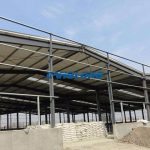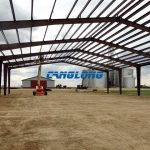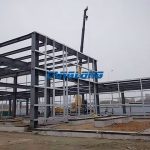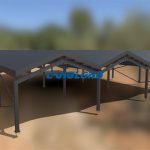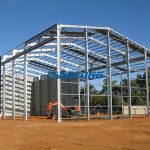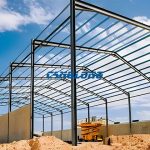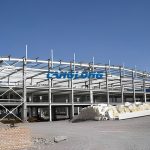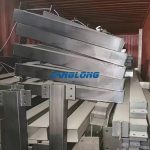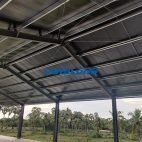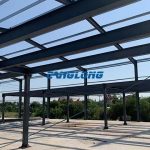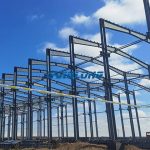Types of steel building frames: characteristic & application
In modern construction, steel building frames are widely used due to their high strength, light weight, good durability and fast construction speed. The following will introduce the charm of steel building frames in detail from three aspects: types, characteristics and applications of steel building frames.
Types of Steel Building Frames
Steel building frames are mainly divided into two categories: solid web steel frames and lattice steel frames.
- Solid web steel frame: The beams and columns of the solid web steel frame are solid cross-section members made of steel plates welded or riveted. This kind of frame has greater stiffness and strength and can withstand greater loads. Solid web steel frames can be divided into I-shaped steel frames, H-shaped steel frames and box-shaped steel frames.
- Lattice steel frame: The beams and columns of the lattice steel frame are lattice section members composed of shaped steel (such as angle steel, channel steel, etc.). This kind of frame is lighter in weight and saves steel, but its stiffness and strength are relatively low. Lattice steel frames can be divided into plane truss steel frames and space truss steel frames.
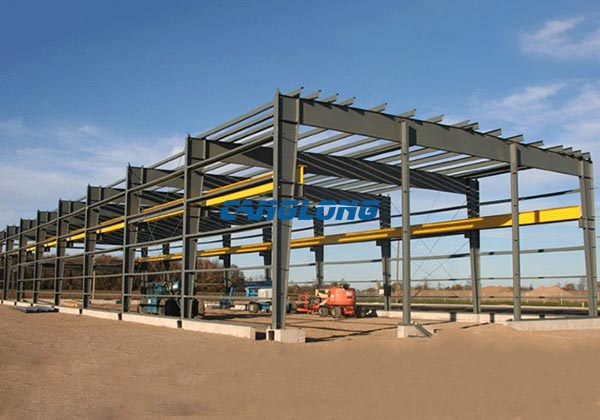
Characteristics and applications of steel building frames
Solid web steel frame
- Features: The solid web steel frame has high stiffness and strength and can withstand large loads. I-shaped steel frames and H-shaped steel frames have good bending and torsion resistance and are suitable for long-span structures such as high-rise buildings and bridges. The box-shaped steel frame has a large cross-sectional area and can withstand large axial forces and bending moments. It is suitable for structures such as heavy industrial plants.
- Application: Solid web steel frames are widely used in high-rise buildings, bridges, heavy industrial plants, large public buildings, etc. For example, the Shanghai Tower uses a hybrid structure composed of I-shaped steel frames and box-shaped steel frames to achieve the stability and safety of super high-rise buildings.
Lattice steel frame
- Features: The lattice steel frame is lighter in weight and saves steel, but its stiffness and strength are relatively low. Planar truss steel frame is suitable for planar structures, such as factories, warehouses, etc. Space truss steel frame is suitable for space structures, such as gymnasiums, exhibition halls, etc.
- Application: Lattice steel frames are widely used in public buildings such as factories, warehouses, gymnasiums, and exhibition halls. For example, the Beijing Bird’s Nest Stadium uses a complex spatial structure composed of space truss steel frames to achieve the architectural design requirements of large span and high space.
Comparative analysis
There are differences between solid web steel frames and lattice steel frames in terms of materials, structures, applications, etc. The solid web steel frame has high stiffness and strength and is suitable for structures that bear larger loads; while the lattice steel frame is lighter in weight, saves steel, and is suitable for structures with larger spans but smaller loads. In practical applications, it is necessary to select the appropriate steel building frame type based on project requirements and conditions.
In conclusion
With the advancement of science and technology and the development of building materials, the application scope of steel building frames will be further expanded in the future, providing more excellent solutions for modern buildings.
